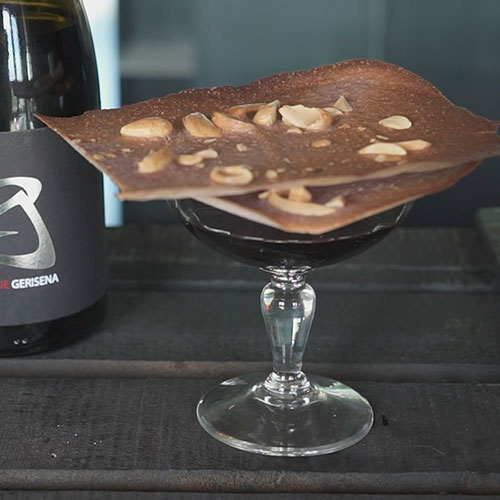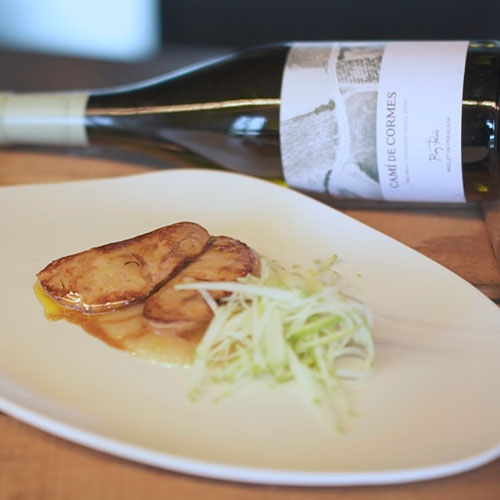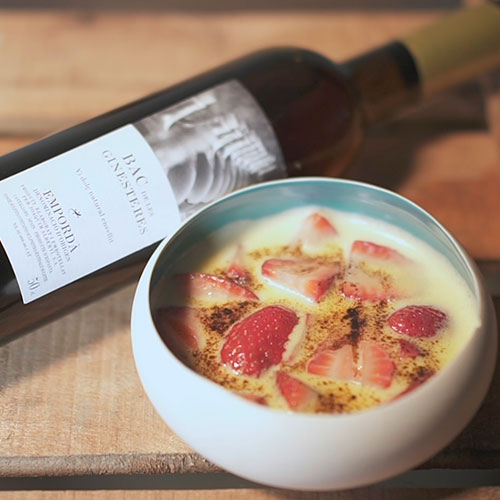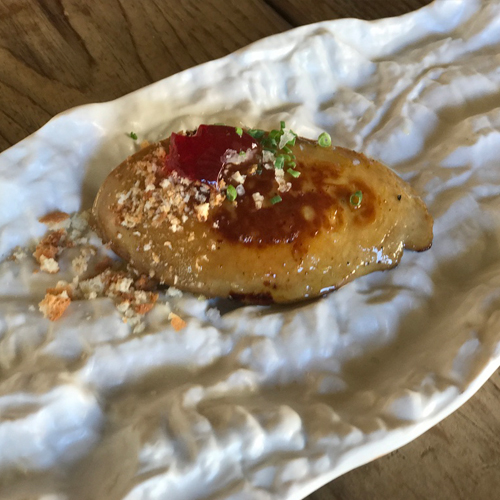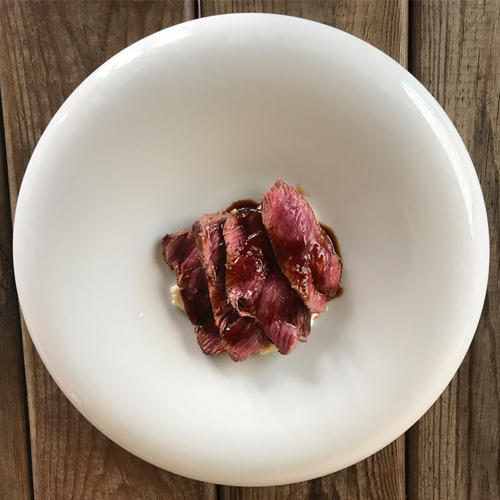
The Empordà Designation of Origin was born in 1975. At first, it only included producers from the Alt Empordà, one of the regions with the longest winemaking tradition in the country. In fact, the cultivation of vineyards, olive trees and cereals was omnipresent for many centuries. That is why the Mediterranean trilogy gives character to the Empordà landscape. The vineyards and the wheat fields mark the rhythm of the seasons. Consciously pruned, aligned and ordered, the centennial vines and their young counterparts make us aware of the renewal of the life cycle. Some are on the plains, while others cling to the mountainsides, sustained by tens of kilometres of dry-stone walls that sketch out the profile of the landscape. This ephemeral architecture was designed by our ancestors to camouflage it with nature and to curb the devastating effects of the raging torrential rains, when the Mediterranean character displayed its bad temper.
Since 2004, the DO has also incorporated the Baix Empordà. This designation of origin is characterised by the wines produced with the different varieties of the Grenache grape (known here as Lledón), as well as Samsó or Carinyena, Macabeo and Moscatel from Alexandria.
An inseparable and almost indestructible element of the landscape on this side of the Mediterranean is the cork oak grove: it has survived forest fires for centuries, even millennia; since man has been man and an avid shepherd in search of green grass for his flocks. The generous and patient cork oak provides the bark with which a delicate industry concentrated in La Selva and the Baix Empordà manufactures the corks for most of the bottles of the most prestigious DO wines, which are also exported all over the world.
Since 2018, some twenty of the Empordà’s wineries have intensified their link with the territory and created the “Taps de Finca” designation with corks made from the cork oaks in the DO area and even many with cork from their own estates.
Wines with the 2018-2019 Girona Excel·lent seal
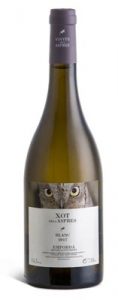
Xot blanc 2017
With a winery at Can Batlle, an ancestral house in Cantallops already mentioned in seventeenth-century documents, Vinya dels Aspres, dedicated to producing wine, oil and corks for many years, uses only grapes harvested on its own estate. This young white wine, fermented in French oak barrels, aged for four months, is made with ten-year-old Sauvignon Blanc, from Camp dels Clots, and eight-year-old Piquepoul from Can Cortada.
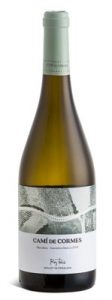
Camí de Cormes 2016
White wine from old Macabeo and white Grenache vines, fermented in wood and aged for three months, in contact with the lees, in 225-litre French oak barrels. This white wine is made by Roig Parals, the fourth generation dedicated to the cultivation of vines and the first to bottle quality wine protected by the Empordà designation of origin.
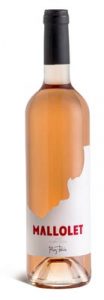
Mallolet 2017
This 2017 rosé wine is made from red Grenache, hand harvested early in the morning, during the last two weeks of September. With 15 hectares of vineyards around Mollet de Peralada, Roig Parals produces eight wines with native varieties planted after the phylloxera epidemic: Macabeo, Cinsault and Grenache.
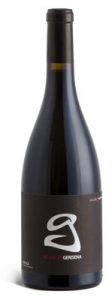
Negre de Gerisena 2016
Celler Gerisena is affiliated to the Cooperativa Agrícola de Garriguella. Of the 173 hectares of one of the oldest cooperatives in the Empordà, 30 hectares of old vines with an average age of seventy years are used by Celler Gerinesa. Its young red wine is made with hand-harvested red Grenache and Cabernet Sauvignon grapes.

Masia Carreres Negre 2015
Made only with Cinsault grapes from very low production vines over seventy years old. This wine has been aged fourteen months in French oak barrels in the cellars of the Carreras masia. The Celler Martí Fabra house dates back to the 14th century, and the owners have a document from the year 1305 that certifies the purchase of a vineyard.
Empordà Dessert Wines.
The after-dinner conversations of the Empordà have long been presided over by the grenache and the muscatel to accompany fritters, cakes, pastries and other traditional sweets. The presence of these two dessert wines is not gratuitous. Muscatel is floral, with pleasant, sweet aromas, a descendant of the muscatels of Alexandria. Grenache is a naturally sweet wine made with the lledoner variety, and is one of the most singular and characteristic products of the whole DO.
In the Empordà, the grenache variety is called lledoner, because the term grenache is reserved for this sweet and seductive wine that is as warm-hearted as the Mediterranean landscapes. It is a generous wine with reminiscences of ancestral mellow wines, as it is oxidatively aged in old wooden barrels and ancient soleras that concentrate the flavours and aromas and take on the memories of our ancestors. Many traditional snacks combine fritters and aniseed cakes with sausages and fuet (dried sausage) matched with the most mellow of the grenaches.
Dessert wines with the 2018-2019 Girona Excel·lent seal

Torre de Capmany – garnatxa d’Empordà gran reserva
Pere Guardiola makes this wine exclusively with white Grenache grapes. It is fermented to generate a minimum of 5% alcohol, thus preserving about 150 grams of sugars. It is then enriched with wine alcohol to bring the alcohol content up to a minimum of 15 degrees. It is aged for at least two years using the old solera method traditionally used by families in L’Empordà.

Sinols moscatell 2016
Empordàlia, a cooperative created in 1995 from the union of the old cooperative wineries in Pau, Roses and Vilajuïga, produces this sweet natural wine, which is made with late-harvested Muscat of Alexandria grapes. The distinctive character of this classic sweet floral wine is achieved by stopping alcoholic fermentation and adding a little wine alcohol when the residual sugar is at the optimum level.

Bac de les Ginesteres
Vinyes dels Aspres, at the foot of Les Alberes, in Cantallops, produces a very distinctive and highly praised wine, one whose production is very laborious. When the red Grenache grapes have been harvested from twenty-eight year old vines, they are left to dry for fifty-nine days and are then pressed as if they were fresh. The must, with a high concentration of sugars, ferments for months. The wine is aged for fifty months in glass carboys exposed to the elements. During this period it evolves towards rancio wine.
Category: Unique specialities, wines and dessert wines
Producer: Joaquim Albertí, SA
The wine tasting jury.
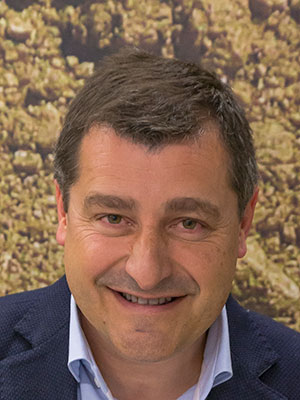
Josep Roca
Sommelier at the Celler de Can Roca, Girona
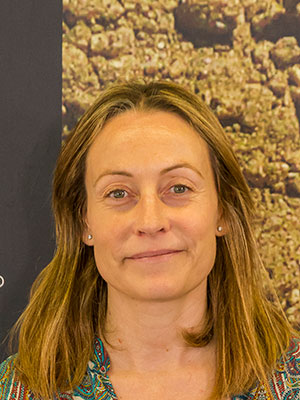
Anna Vicens
President of the Catalan Association of Sommeliers

Ignasi Martín
Teacher of the School of Hospitality and Tourism of Girona

Josep Lluís Vilarasau
Teacher of the School of Hospitality and Tourism of Girona

Àlex Peiró
Sommelier at the restaurant Casamar, Llafranc
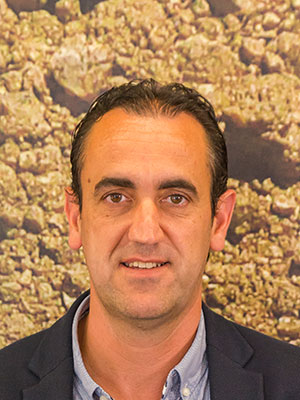
Lluís Coll
Teacher of the School of Hospitality and Tourism of Girona
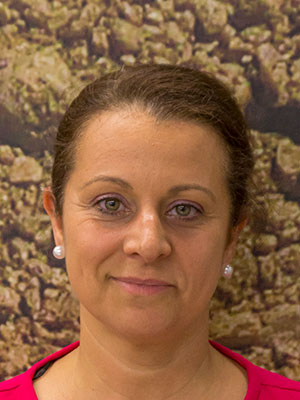
Glòria Ensesa
Sommelier del Giroví, competition of wines and cavas of Catalonia
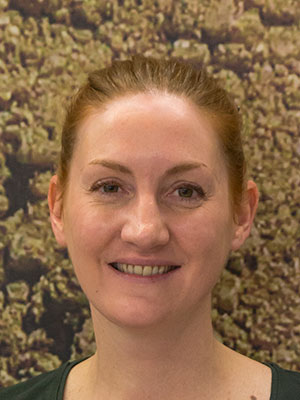
Audrey Doré
Sommelier at the Celler de Can Roca, Girona

Antonio Gata
Sommelier at the restaurant Miramar, Llançà
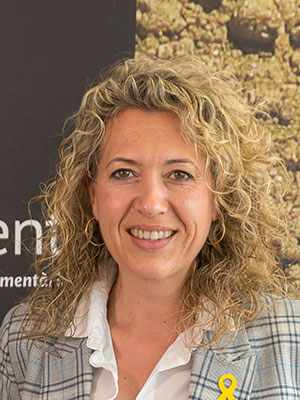
Natàlia Roig
Sommelier and teacher of the CETT (Campus of Tourism, Hotel and Gastronomy) of Barcelona
